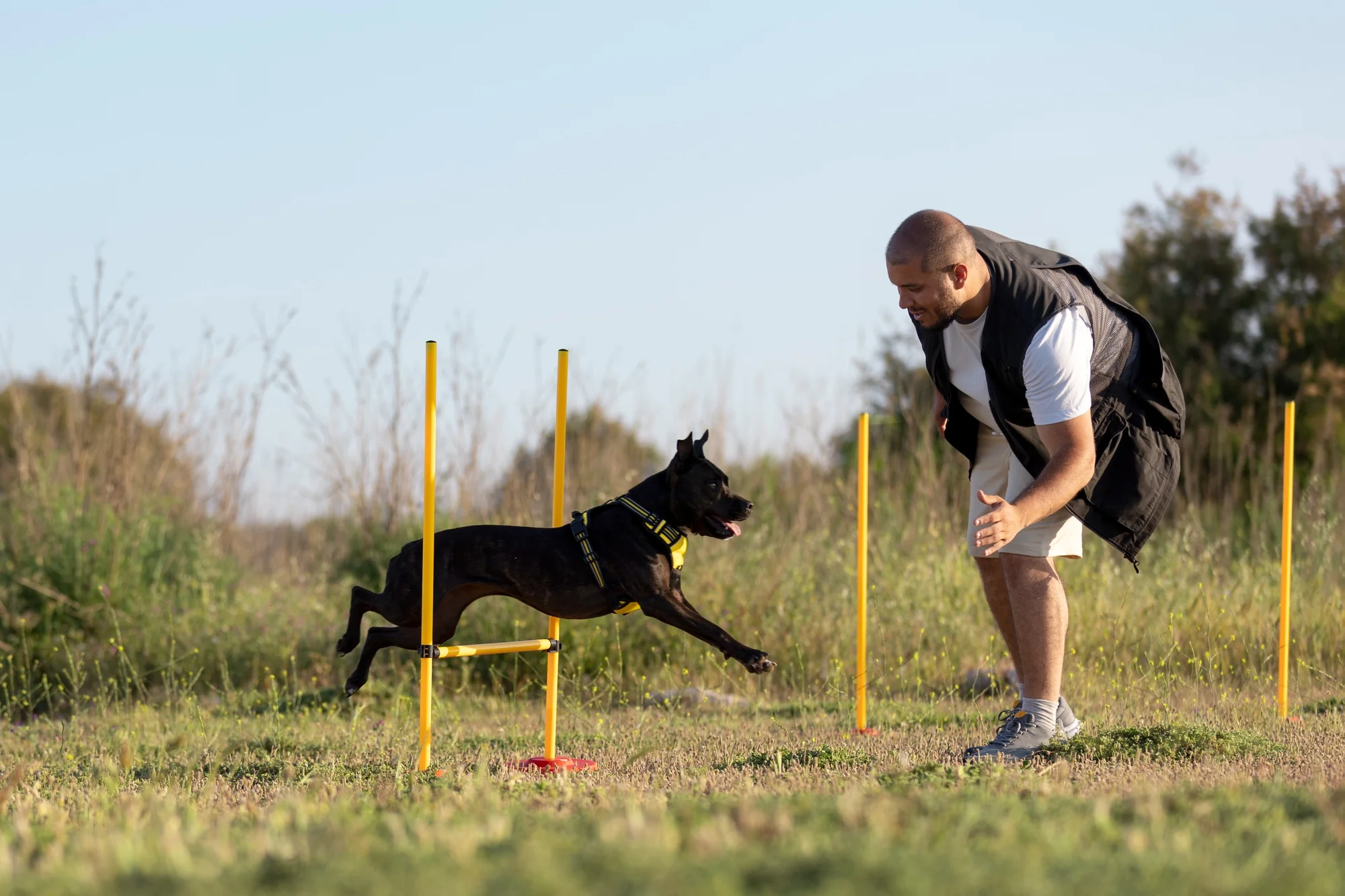Abstract
A recent study published in “Scientific Reports” has shed light on the intricate relationship between blood-cell neuroplasticity-related genes and environmental enrichment in working dogs. The body of research, led by Guelfi et al., indicates that environmental stimulation, such as the Drug Detection (DD) training course, can transiently influence the expression of certain neuroplasticity-related genes. The implication of this study offers profound insight into optimizing training regimens and improving sensory treatments.
Introduction
The concept of neuroplasticity, the brain’s ability to reorganize itself by forming new neural connections throughout life, has long fascinated scientists. Emerging research now suggests that not only the brain is subject to such changes: peripheral systems, including blood cells, also exhibit signs of similar neuroplastic adaptability. Guelfi et al.’s study, released as “A cross-talk between blood-cell neuroplasticity-related genes and environmental enrichment in working dogs”, serves as a groundbreaking contribution to our understanding of this phenomenon.
DOI: 10.1038/s41598-019-43402-4
Background
Environmental enrichment (EE) refers to conditions that facilitate enhanced sensory, cognitive, and motor stimulation beyond the standard in vivo conditions. Previous literature, including the work by Bloomsmith et al. (1991), has consistently advocated for EE’s positive impact on animal welfare and cognitive functions. As outlined by Griñan-Ferré et al. (2016), EE can influence epigenetic mechanisms, affecting gene expression crucial to neuroprotection and the mitigation of inflammaging.
Building upon these foundations, the study conducted by Guelfi et al. explores EE within the specific context of working dogs, a subgroup where the capacity for heightened sensory perception and cognitive response is not merely beneficial but essential for their professional roles.
Methods and Results
Guelfi et al.’s research is neatly divided into two experimental trials, analyzing how EE, through rigorous DD training, affects neuroplasticity-related gene expression in blood cells of working dogs.
First Trial: Neuroplasticity-Related Genes in DD Training
The first phase of the study sought to establish a panel of blood-cell neuroplasticity-related genes associated with the acquired abilities during the DD training course. Focusing on genes such as NGF, BDNF, VEGFA, IGF1, EGR1, NGFR, and ICER, blood samples were collected after various stages of the DD test. The results showed a transient up-regulation of VEGFA, NGF, NGFR, BDNF, and IGF1 immediately following the DD test, providing evidence for the first time of the existence of regulation in neuroplasticity-related gene expressions in working dogs responding to EE.
Second Trial: Impact of Complementary Feeding
In the second trial, the researchers investigated the effect of complementary feeding on neuroplasticity gene expressions. While the first trial had indicated mRNA up-regulation, the addition of complementary feeding in the second trial showed an absence of such enhancement post-DD tests. This suggests that the changes in systemic metabolism wrought by complementary feeding might modulate the gene expressions involved with neuroplasticity differently.
Discussion
The study’s results underscore the complex interplay between an enriched environment, neuroplasticity, and metabolism in working dogs. This correspondence could pave the way for novel intervention strategies to augment sensory abilities. However, while the DD test in working dogs induced transient gene up-regulation, the impact of complementary feeding presents a contrasting effect on blood-cell mRNA expressions for neuroplasticity, highlighting a potential metabolic influence on gene regulation.
Implications for Training and Treatment
These outcomes have profound implications for how we approach working dog training. The manipulation of EE, combined with diet, may be harnessed to fine-tune the sensory capabilities of these animals. Moreover, the findings could be leveraged to innovate treatments in human sensory impairment, providing a new lead for clinicians seeking to optimize neuroplasticity through environmental and metabolic interventions.
Conclusion
The cross-talk between blood-cell neuroplasticity-related genes and environmental enrichment illuminates new dimensions of how working dogs might benefit from tailored enrichment strategies. Furthermore, this research provides a valuable template for future investigations into the underlying molecular mechanisms that govern neuroplasticity in both canine and human subjects.
References
1. Guelfi, G. G. et al. A cross-talk between blood-cell neuroplasticity-related genes and environmental enrichment in working dogs. Sci Rep 9, 6910 (2019). DOI: 10.1038/s41598-019-43402-4.
2. Bloomsmith, M. A., Brent, L. Y., & Schapiro, S. J. Guidelines for developing and managing an environmental enrichment program for nonhuman primates. Lab. Anim. Sci., 41, 372–377 (1991).
3. Griñan-Ferré, C. et al. Environmental Enrichment Modified Epigenetic Mechanisms in SAMP8 Mouse Hippocampus by Reducing Oxidative Stress and Inflammaging and Achieving Neuroprotection. Front. Aging Neurosci. 8 (2016).
4. Coppola, D. M. Studies of Olfactory System Neural Plasticity: The Contribution of the Unilateral Naris Occlusion Technique. Neural Plast. 2012, 351752 (2012).
5. Knaepen, K., Goekint, M., Heyman, E. M., & Meeusen, R. Neuroplasticity—exercise-induced response of peripheral brain-derived neurotrophic factor. Sports Med., 40, 765–801 (2010).
Keywords
1. Neuroplasticity genes
2. Environmental Enrichment
3. Working Dogs Training
4. Blood-cell mRNA Expression
5. Sensory Treatment Optimization
